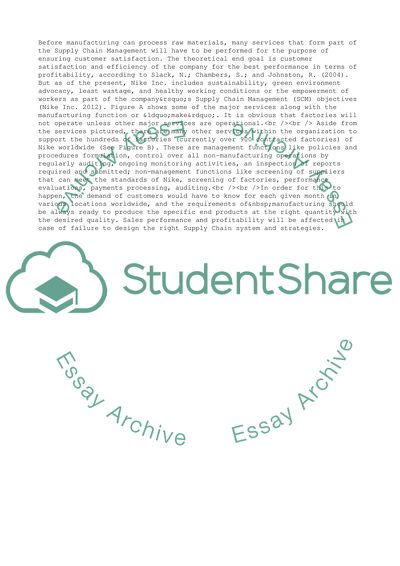Cite this document
(Supply Chain Management of Nike Jordan Brand Case Study, n.d.)
Supply Chain Management of Nike Jordan Brand Case Study. Retrieved from https://studentshare.org/management/1784201-supply-chain-and-operation-management
Supply Chain Management of Nike Jordan Brand Case Study. Retrieved from https://studentshare.org/management/1784201-supply-chain-and-operation-management
(Supply Chain Management of Nike Jordan Brand Case Study)
Supply Chain Management of Nike Jordan Brand Case Study. https://studentshare.org/management/1784201-supply-chain-and-operation-management.
Supply Chain Management of Nike Jordan Brand Case Study. https://studentshare.org/management/1784201-supply-chain-and-operation-management.
“Supply Chain Management of Nike Jordan Brand Case Study”, n.d. https://studentshare.org/management/1784201-supply-chain-and-operation-management.


